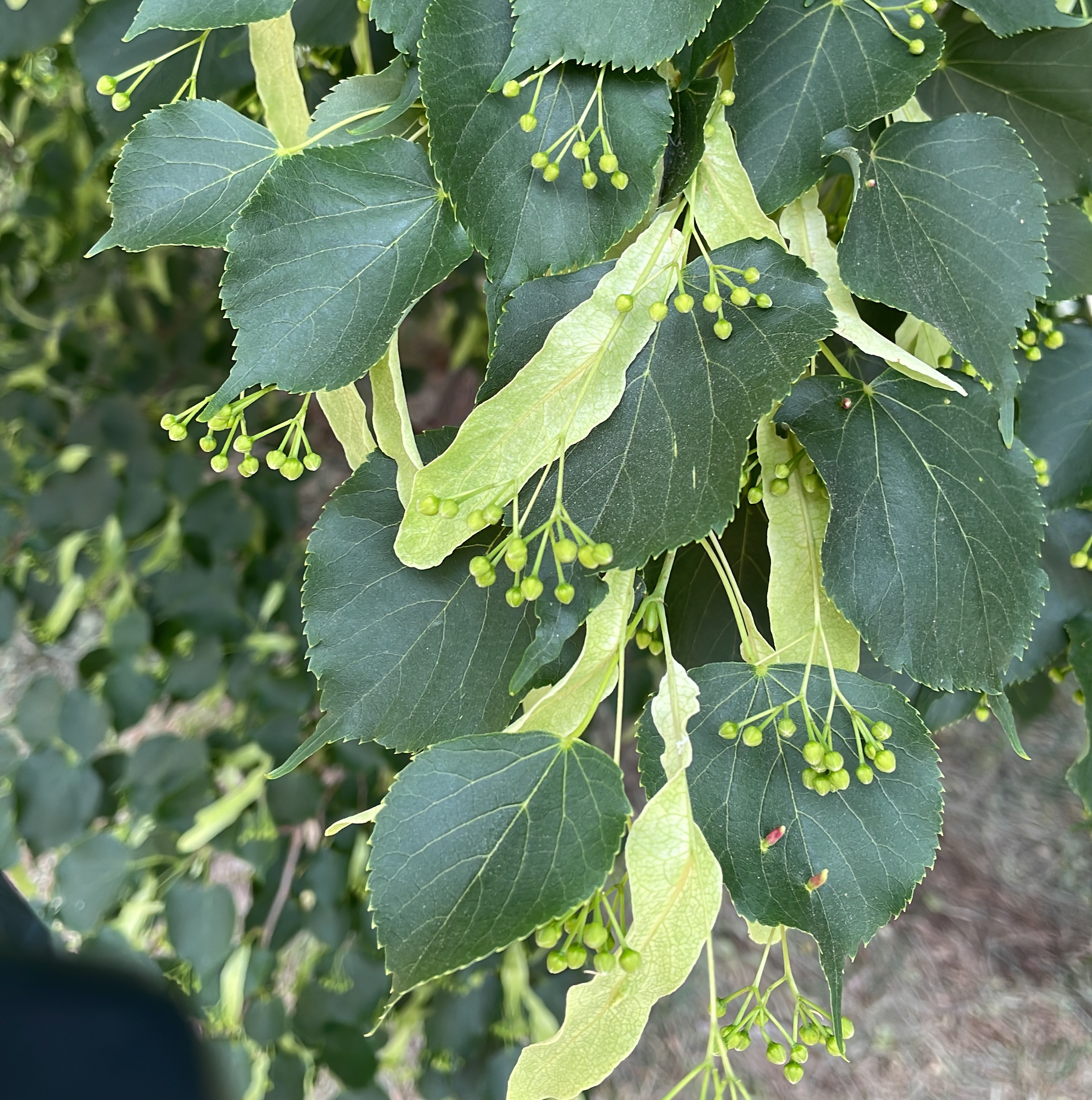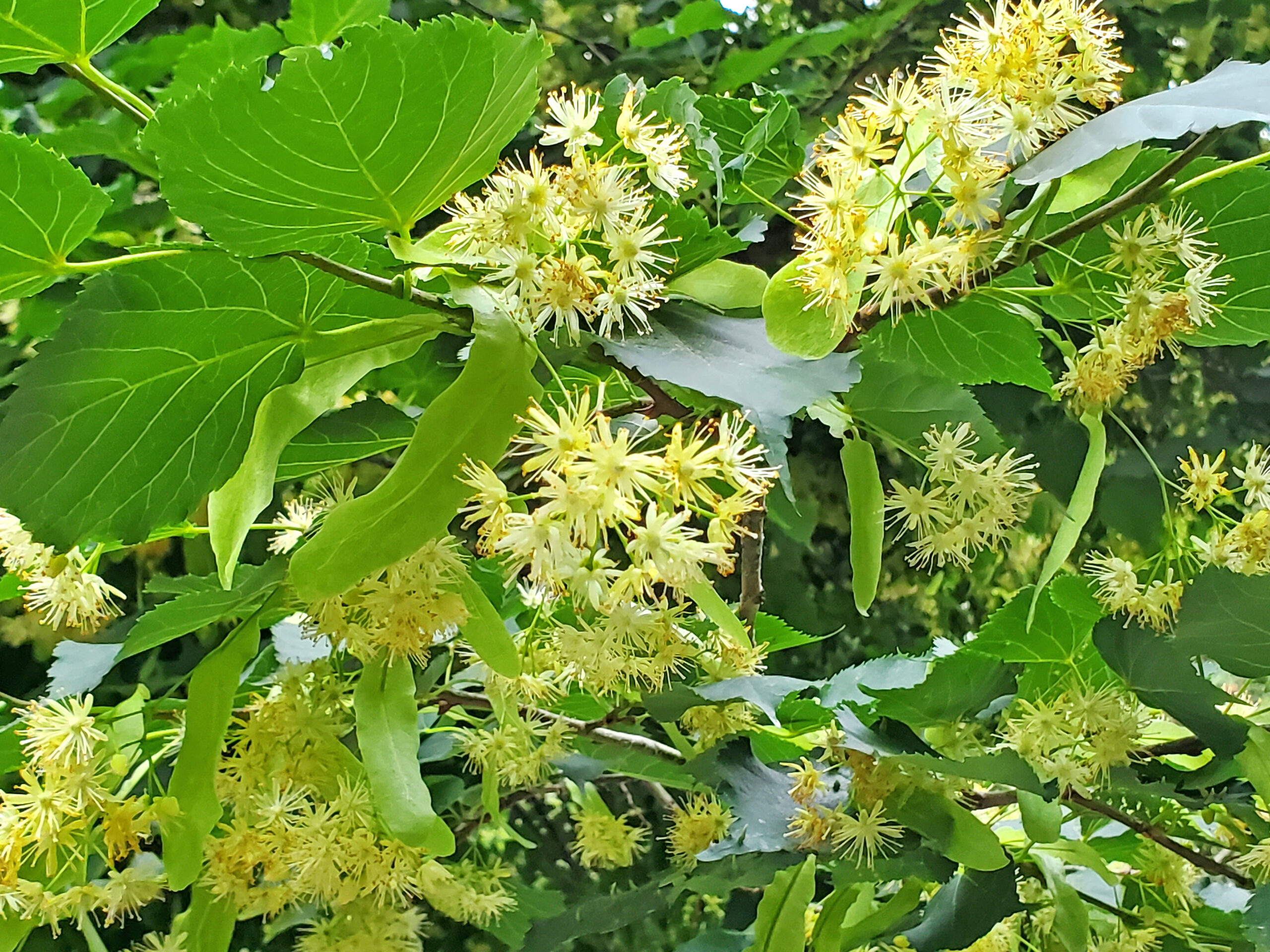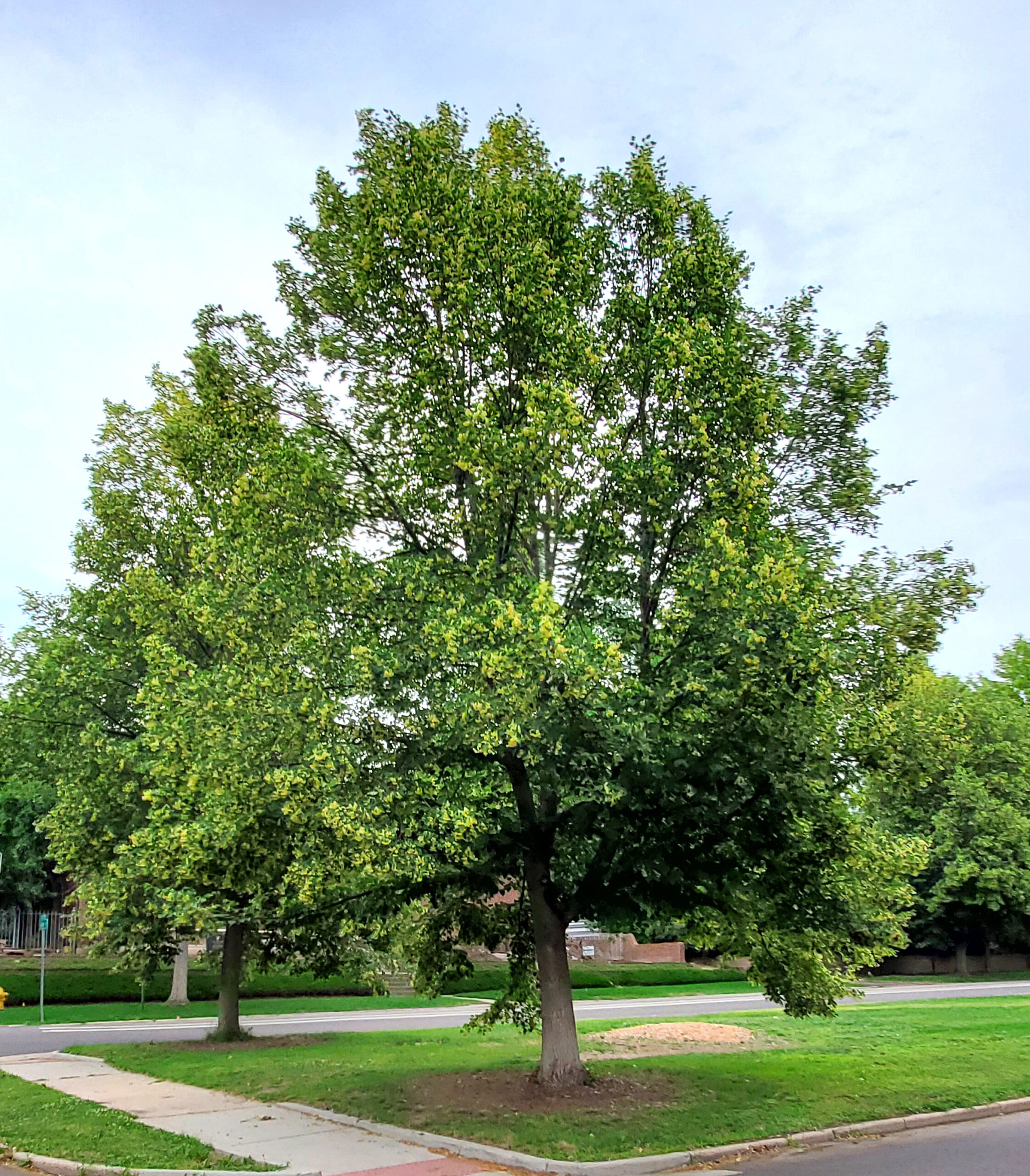








What makes linden trees preferable?
Linden trees are an excellent choice for yards in Colorado. A valuable landscape tree, lindens are prized for their pyramidal shape, and their deep green, heart-shaped leaves that turn an attractive, golden yellow in fall. Additionally, they have few insect problems, tolerate our sub-zero winter temperatures and our alkaline soils. Lindens are slower growers and will take some years to provide shade. Blooming in July, their flowers are fragrant, attract bees, and can be used as a tea.
What types of linden varieties are there?
There are several varieties for you to choose from. American linden was perhaps the most commonly planted linden 25 years ago. Its desirable landscape traits include adaptability to a broad range of soils and pH, and open crown with age. Littleleaf linden has small leaves and a more broad crown. Greenspire has a straight trunk and develops a dense pyramidal shape. Redmond is a vigorous tree with a pyramidal growth habit. The current year’s branches turn reddish at the onset of colder weather in autumn, providing more winter interest.
Can linden trees survive hot summers?
Lindens are sensitive to our hot, dry summer winds, usually developing some leaf scorch. This is when you may notice aphid damage. Generally, they do not hurt the tree, but may result in sticky foliage which attract ants, and other insects.
What type of damages do linden trees display?
Occasionally lindens will exhibit limp and distorted foliage. Distorted foliage can be caused by too much or too little water, herbicide applications or mites. Lindens are also very susceptible to some herbicides. Do not blanket apply liquid herbicides or use “weed and feed” fertilizers within the tree root zone. These diagnoses can be tricky, so consult a certified arborist when you see a problem; to find one in your area, contact the International Society of Arboriculture (ISA).
For more information, see the following Colorado State University Extension reference materials.
- Leaf Scorch
- Aphids on Shade Trees and Ornamentals
- Choosing a Soil Amendment
- Trees and Shrubs for Mountain Areas
- The Science of Planting Trees
- Large Deciduous Trees



